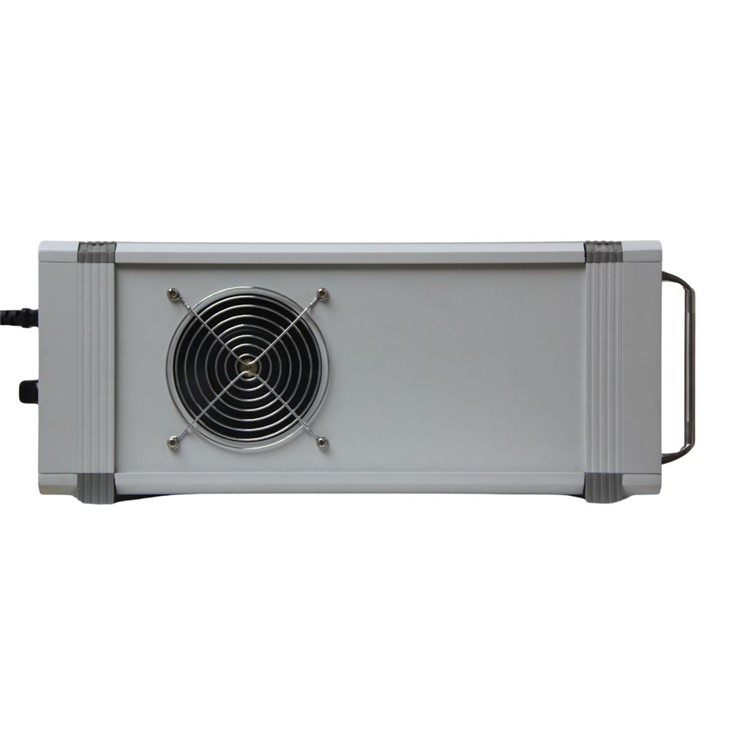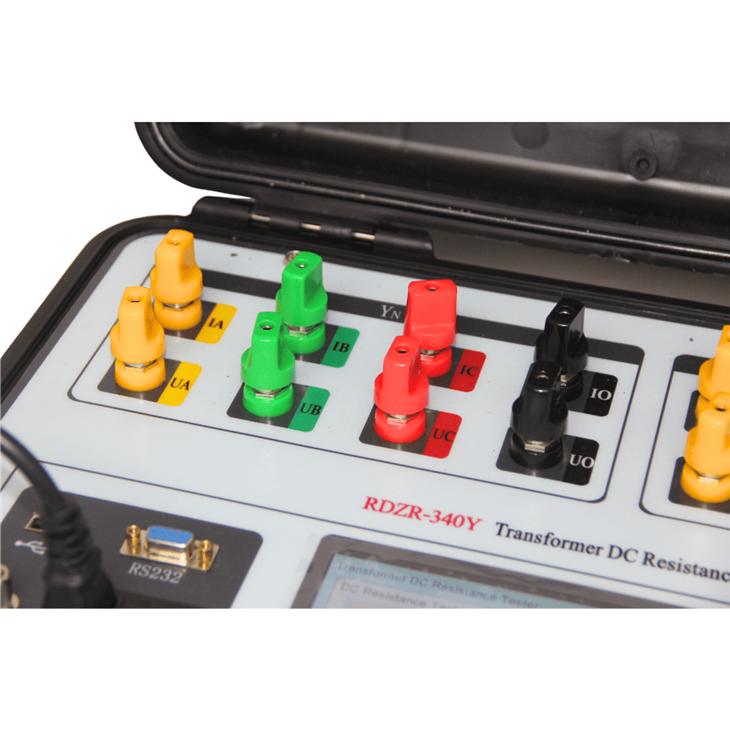
Transporting a portable DC resistance tester safely requires careful packaging, impact protection, environmental control, and secure handling. Using durable hard cases with custom foam inserts, keeping the device powered off, and avoiding exposure to moisture or extreme temperatures ensures safe delivery. Trusted manufacturers like Wrindu provide tailored packaging solutions for both shipping and on-site portability, enhancing equipment longevity and reliability.
What Are the Best Practices for Packing a Portable DC Resistance Tester?
Use a hard case with custom foam inserts to hold the tester and accessories securely. Detachable components should be removed, and cables wrapped separately. Silica gel packets prevent moisture damage. Ensure the device is powered off and, if possible, disconnect the battery to avoid accidental activation. Wrindu’s packaging designs reflect these best practices for industrial applications.
How Should a Portable DC Resistance Tester Be Protected Against Shock and Vibration?
Shock-absorbing foam within transport cases protects against impact and vibration during handling and shipping. Avoid stacking heavy items on top of the case. Secure cases during vehicle transport to prevent sliding. Wrindu’s factory packaging employs multiple layers of protection specifically engineered for portable electrical testers.
Why Is Environmental Control Important During Transportation?
Electronic components are sensitive to moisture, dust, and extreme temperatures. Always transport the tester in a dry, temperature-controlled environment, avoiding direct sunlight and freezing conditions. Sealed cases prevent dust ingress. Wrindu products meet industrial standards to maintain accuracy and reliability during storage and transport.
When Should Special Handling Procedures Be Used?
Special handling is essential for long-distance or international shipments. Packages should be clearly labeled as fragile and electronic. Professional logistics services experienced in transporting sensitive electrical instruments are recommended. Wrindu offers global logistics support and customized packaging advice for safe delivery worldwide.
Where Are Reliable Chinese Manufacturers Providing Safe Transport Solutions?
Leading manufacturers like Wrindu combine advanced design with factory-direct shipping and tailored packaging. They serve OEM and wholesale clients with customized transport cases, user manuals, and after-sales support, ensuring safety from production to field use.
How Can On-site Transport and Usage Be Optimized for Portability?
Select models with ergonomic handles, lightweight design, and dedicated transport cases for field operations. Train users on proper handling and setup procedures. Wrindu designs its portable DC resistance testers for field durability, enabling safe and efficient on-site mobility.

Does Battery Maintenance Affect Safe Transportation?
Battery care is crucial for safe transport. Remove or secure lithium-ion batteries to prevent short circuits or leaks. Wrindu’s testers use rechargeable batteries with built-in protections and provide guidelines for battery handling during shipping and storage.
Has Wrindu Implemented Innovations in Transport Safety for DC Resistance Testers?
Wrindu continuously improves transport safety through advanced case materials, enhanced shock absorption, and moisture barriers. Packaging systems are tailored to client requirements, ensuring devices arrive ready for immediate use, minimizing downtime and reducing maintenance costs.
Wrindu Expert Views
“Transport safety is essential to maintain the accuracy and integrity of portable DC resistance testers. At Wrindu, we focus on robust packaging combined with practical usability to protect devices during transit and field use. Our expert teams develop customized solutions that align with clients’ operational environments and logistics needs, ensuring every tester arrives ready for precise and reliable measurements.” — Wrindu Logistics Specialist
Portable DC Resistance Tester Transport Checklist
| Step | Description | Wrindu Recommendation |
|---|---|---|
| 1. Power Off & Battery | Turn off device and disconnect battery | Follow Wrindu’s battery safety guide |
| 2. Disassemble & Wrap | Remove accessories, wrap separately | Use cable organizers provided by Wrindu |
| 3. Packaging | Use shock-absorbing foam in hard case | Custom foam inserts included by Wrindu |
| 4. Environmental Protection | Use moisture packs & sealed cases | Adhere to Wrindu’s storage guidelines |
| 5. Label & Handle | Mark as fragile, avoid stacking | Comply with Wrindu shipping standards |
How Can Businesses Benefit from OEM Custom Packaging for Transport?
OEM and custom packaging allows businesses to integrate branding and specific protection features in transport cases. This enhances brand visibility while minimizing risk of damage during transit. Wrindu provides flexible packaging solutions tailored for factories, suppliers, and wholesalers, ensuring professional, safe, and reliable transport systems.
Frequently Asked Questions (FAQs)
-
How should I pack test leads and accessories?
Wrap them separately in protective sleeves or pouches and place them in designated compartments within the case. -
Can I transport the device with the battery installed?
It is safer to remove the battery or ensure it is fully charged and protected according to shipping regulations. -
What type of case is best for transportation?
A hard case with snug foam inserts is ideal to secure the tester and its accessories. -
Does Wrindu provide transport solutions for export shipments?
Yes, Wrindu offers customized packaging and logistics guidance for safe global delivery. -
How should I store the tester when not in use?
Keep it in a dry, temperature-controlled environment inside a protective case to prolong lifespan.



